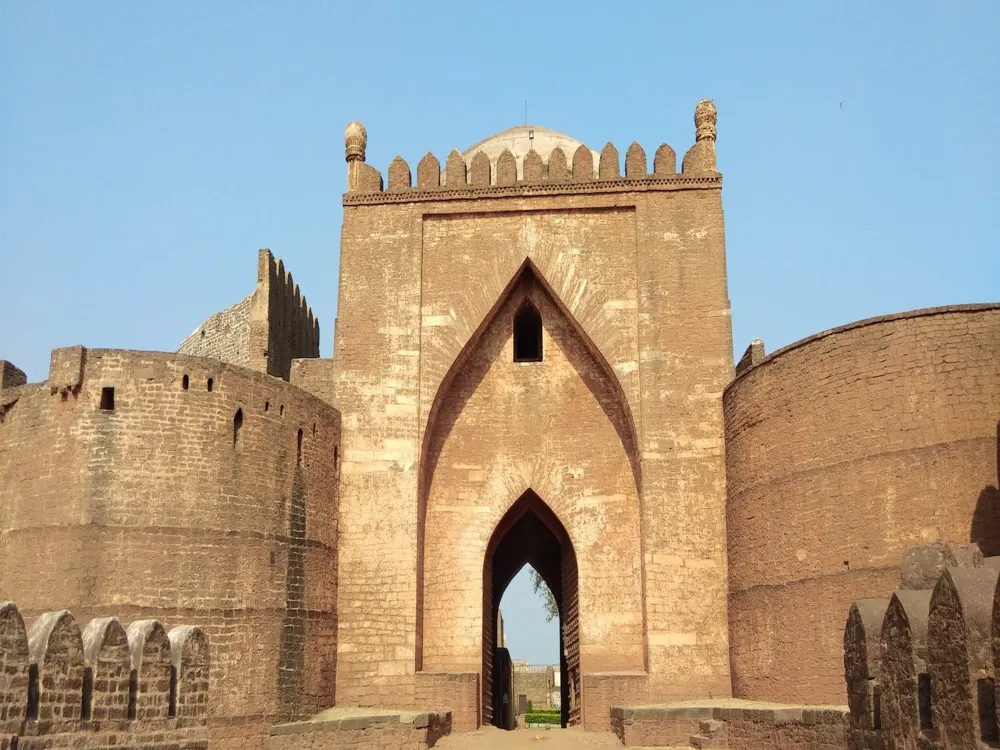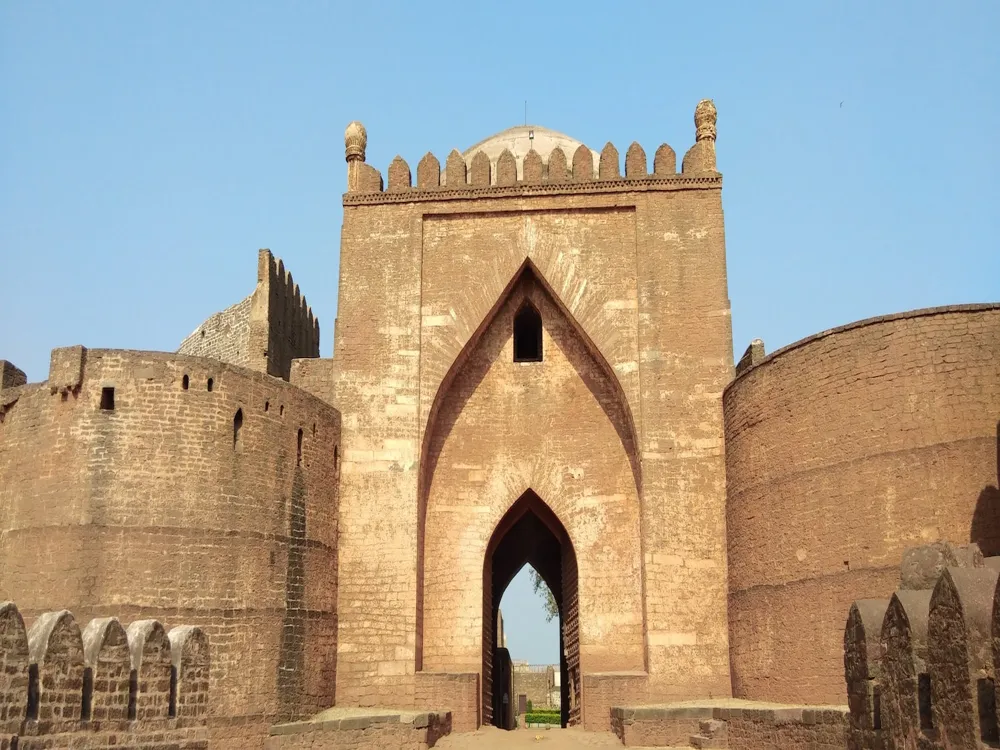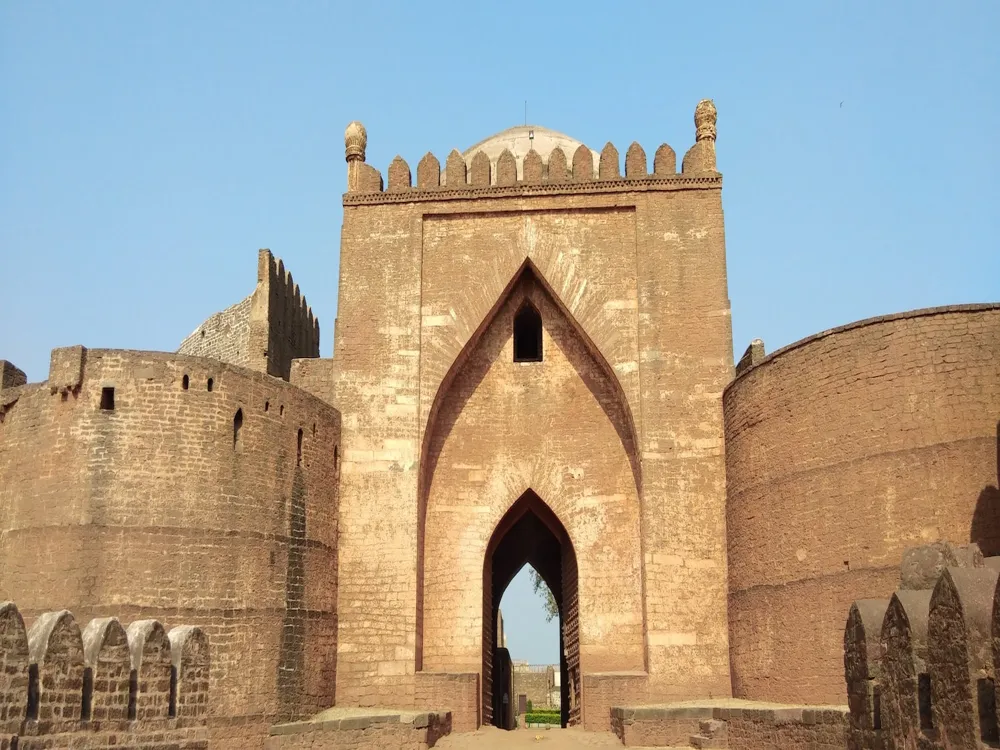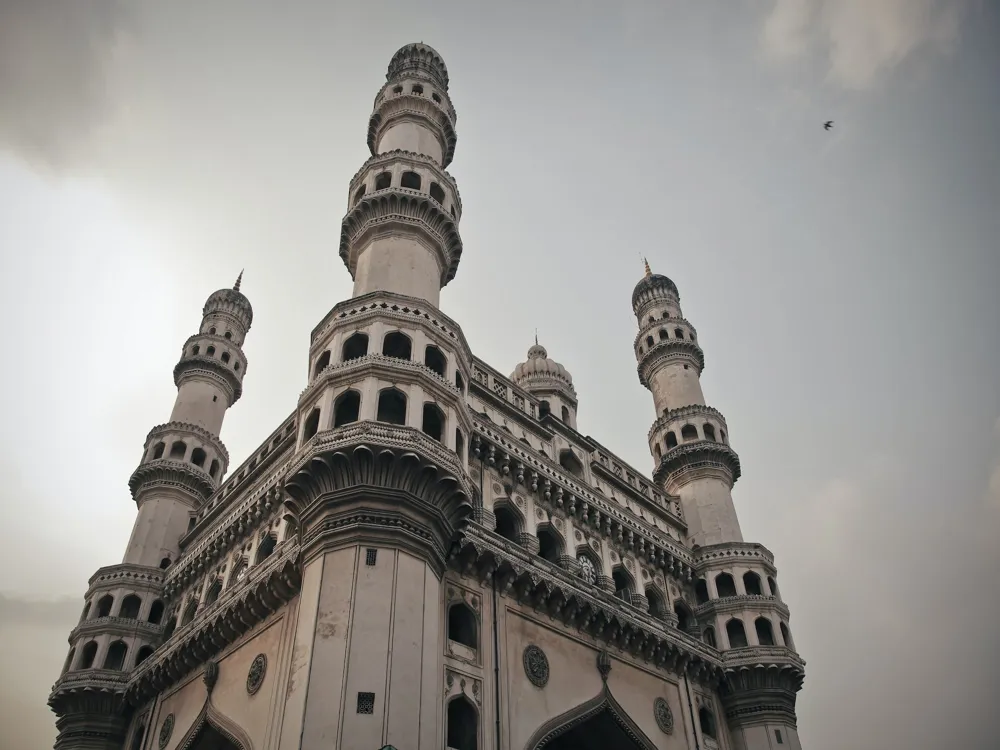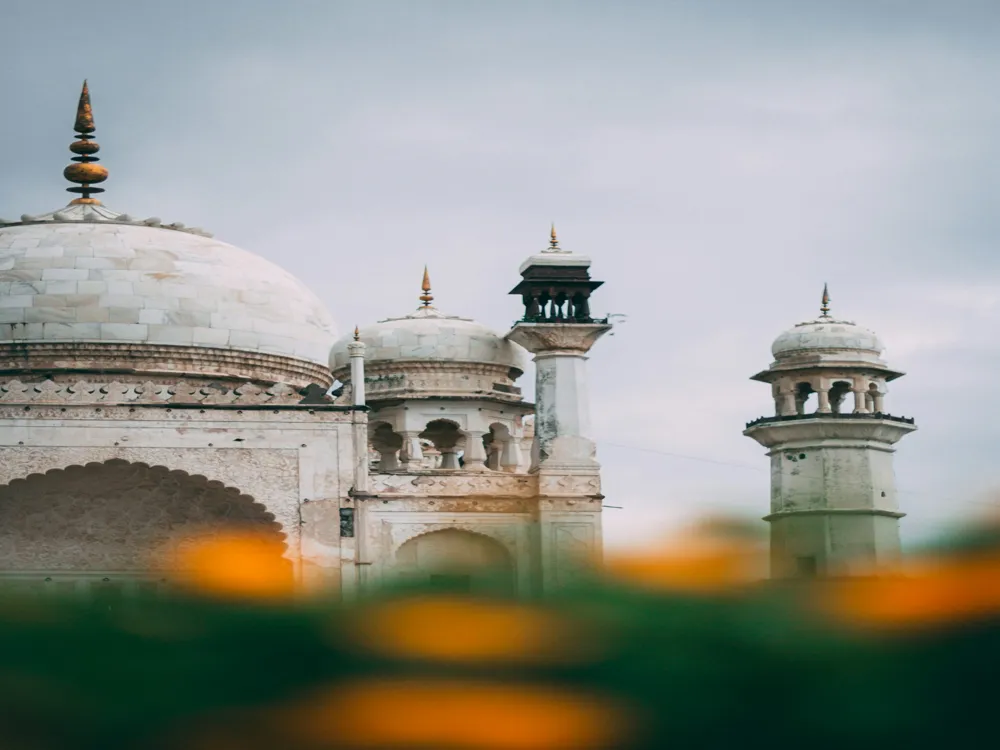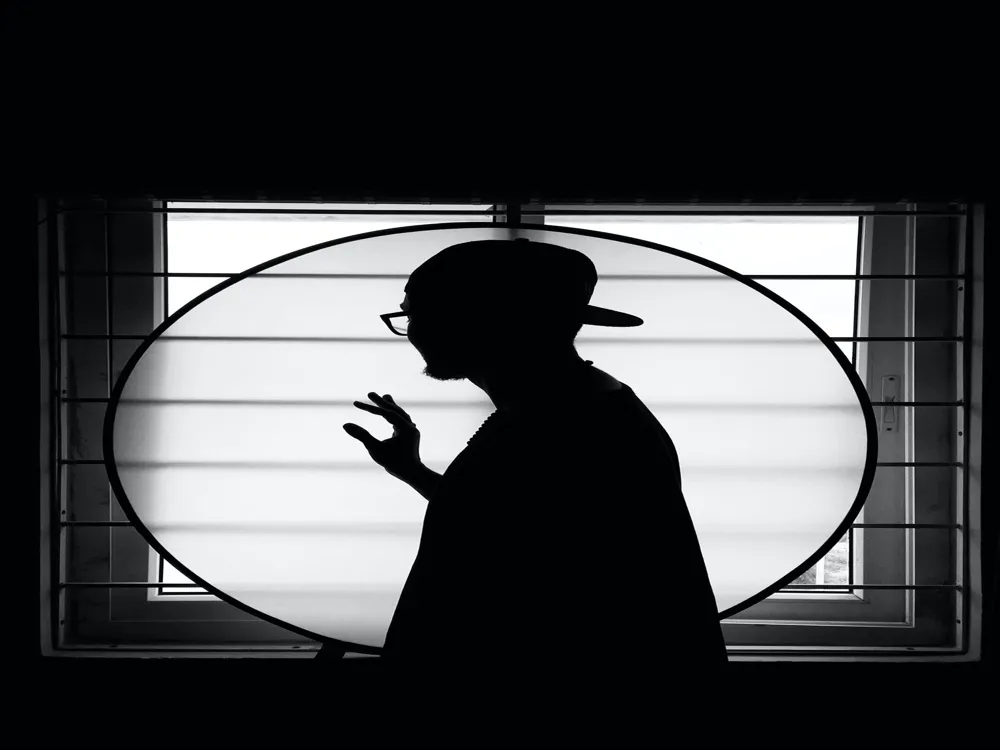The Rangeen Mahal, nestled in the heart of Bidar, Karnataka, stands as a testament to the rich cultural and architectural heritage of India. Established in the 16th century during the reign of the Bahmani Dynasty, this palace is a fusion of Persian and Turkish architectural styles, reflecting the diverse influences that shaped the region's history. With its vibrant history and stunning craftsmanship, Rangeen Mahal is not just a palace but a vivid narration of the past.
The name 'Rangeen Mahal' translates to 'Coloured Palace,' a fitting description for a structure famed for its intricate tile work and vibrant frescoes. As visitors step into the palace, they are greeted by walls adorned with elaborate motifs, each telling a story from a bygone era. The use of blue, green, and yellow tiles in geometric and floral patterns creates a mesmerizing effect, transporting one back to the time of sultans and royal grandeur.
The palace also houses beautifully carved wooden pillars and brackets, which showcase the exceptional skill of the artisans of the time. These wooden elements not only add to the aesthetic appeal of the palace but also demonstrate the fusion of different art forms that is characteristic of the Bahmani period. The Rangeen Mahal, through its architecture and art, serves as a symbol of the cultural melting pot that was medieval Deccan.
Beyond its artistic value, Rangeen Mahal also holds historical significance. It was an important political and cultural center, where royals convened, and decisions that shaped the region were made. Today, it stands as a reminder of the rich legacy of the Bahmani Dynasty and their contribution to the cultural landscape of India.
The architecture of Rangeen Mahal is a remarkable blend of Persian, Turkish, and indigenous Indian styles, a hallmark of the Bahmani Dynasty's eclectic tastes. The structure is predominantly made from black trap basalt, a locally
Overview of Rangeen Mahal of Bidar, Karnataka
Architecture of Rangeen Mahal
Rangeen Mahal
Bidar
Karnataka
NaN onwards
View bidar Packages
Weather :
Tags : Forts & Palaces
Entry : Permission requires from ASI office near Bidar Fort.
Timings : 10:00 AM to 6:00 PM
Planning a Trip? Ask Your Question
Bidar Travel Packages
View All Packages For Bidar
Top Hotel Collections for Bidar

Private Pool

Luxury Hotels

5-Star Hotels

Pet Friendly
Top Hotels Near Bidar
Other Top Ranking Places In Bidar
View All Places To Visit In bidar
View bidar Packages
Weather :
Tags : Forts & Palaces
Entry : Permission requires from ASI office near Bidar Fort.
Timings : 10:00 AM to 6:00 PM
Planning a Trip? Ask Your Question
Bidar Travel Packages
View All Packages For Bidar
Top Hotel Collections for Bidar

Private Pool

Luxury Hotels

5-Star Hotels

Pet Friendly







